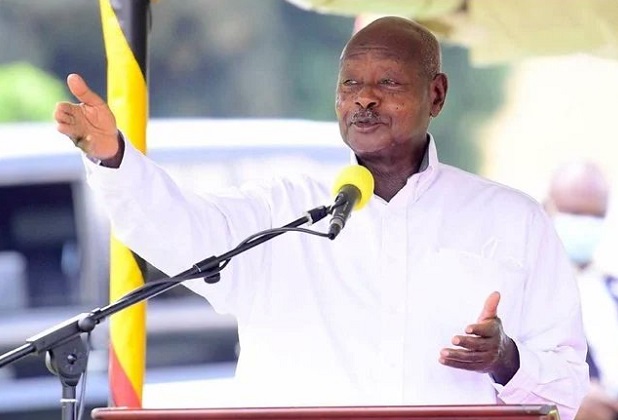Despite its potential, public investment in Uganda’s arts, culture, and creative industries (CCIs) has been limited. The recent endorsement of a musical battle between Ugandan artists Jose Chameleone and Bebe Cool by Deputy Speaker Thomas Tayebwa has sparked a debate about the government’s priorities in the arts industry.
While musical battles generate excitement among fans, experts believe that the creative sector needs more substantial support. President Museveni’s promises of financial support and updated copyright laws for artists were met with enthusiasm, but some argue that more pressing issues need attention.
The arts sector in Uganda is significant, employing 386,000 people and contributing three percent to the GDP in 2017. It also drives demand in various industries, including telecommunications and broadcasting.
However, challenges persist. Limited public investment has left the industry’s economic potential untapped, resulting in lost tax revenue and job opportunities. To address these issues, experts recommend collaboration among arts leaders, but concrete strategies remain elusive.
Access to financing is a challenge for creative enterprises due to the sector’s inherent riskiness. Uganda’s creative talents lack diverse skills, hindering sector modernization. The digital age offers global market opportunities, but poor digital literacy and payment restrictions limit access.
Inadequate infrastructure and governance fragmentation also hold back the creative sector. Experts propose a dedicated fund for CCIs, investment in training, lowering data costs, and tax policies to encourage local content. They also advocate for culture infrastructure development and modernized regulations.




















